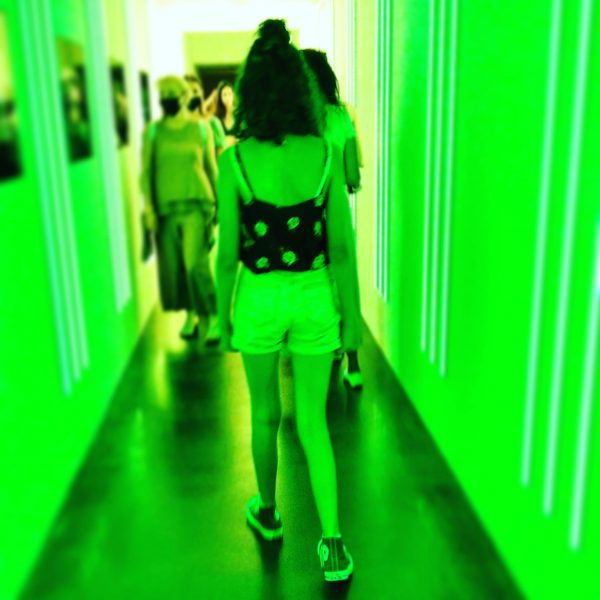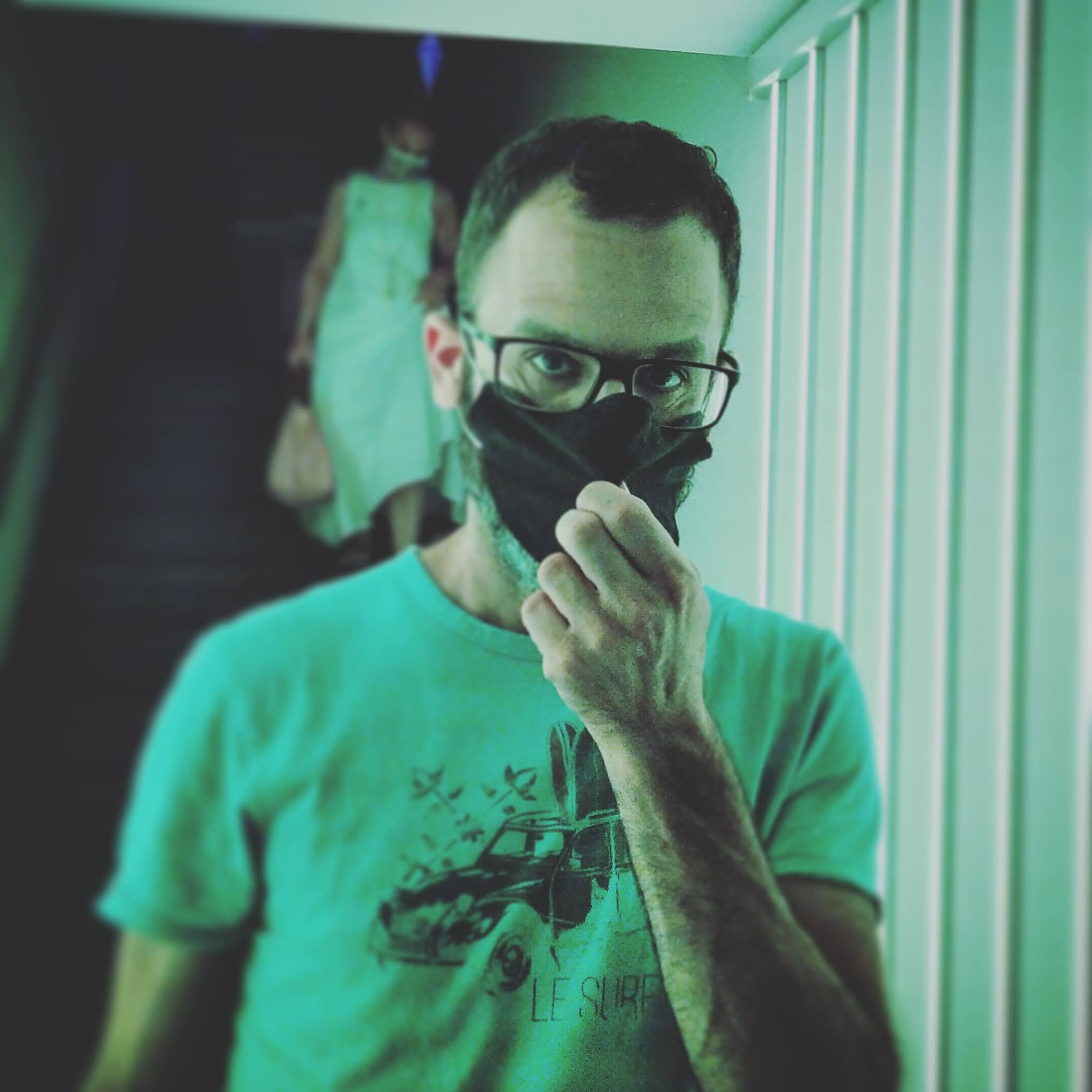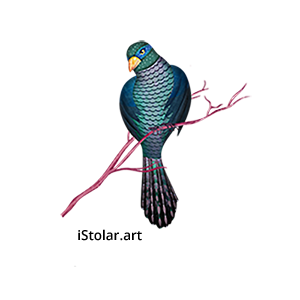

“The Prom: Escapism in General Sewing”
#promdream #legend
Au rez de chaussée, on a vu des pieces dessinées en toute précision pour cette exposition, les ‘sur’ et les structuraux ‘sous’ vêtements de bal, depuis le 18 eme siècle, la guerres mondiale, la grande dépression, jusque dans les années 80. ou comment le bal, depuis ses origines européennes jusque dans les soirees d Hollywood constitue un billet d entré dans un certain monde
A l étage “The Modern Ball: Israeli Couture“, donne un aperçu de l industrie israélienne de la haute couture et de sa reflexion sur une société aux singularités cuturelles plus ou moins ouvertes sur l’extérieur, toutes concernées par l’habit de bal et participant d une réflexion philosophico-artistique rendue visible par cette exposition. Point de vue captivant. En cette période de covid, le fond et la forme furent bienvenues …
La partie sur les souliers de vair/vert m’a moins saisie: des chaussures transparentes imprimées en 3D. Mon intérêt décrocheur fut plus une histoire de timing qu’autre chose, me semble-t-il.
En ce qui concerne “les gateaux /chapeaux” –“The Whipping Room and the Mad Hatter,” -je n’ai pas du comprendre le propos… des dessert, comme un rite de passage des grands évènements… On ne pouvait pas ne pas penser à “Alice “, c’est certain. Il s”agissait de vrais desserts sculptés à la main! sur des chapeau et/ou en forme de chapeaux… avec 1000 heures de vie … si si si ! je suis passée à côté, là aussi. les sculptures de macarons: pas mon truc.
(Quelques articles (svt en anglais) sur l’exposition en fin de post)
(FR)
Le Musée du Design de Holon est le premier musée consacré au design en Israël. Le bâtiment du musée a été conçu et dessiné par l’architecte et designer industriel israélien Ron Arad en collaboration avec l’architecte Bruno Asa.








(EN)
ARTICLES & VIDEOS RELATED
“When I started to work on it, people asked why it’s so important in our lives. And then escapism became the central thing in our lives all over the world.”
“The first part of the exhibition is dedicated to the history of proms. They developed in the middle ages in Europe, and were closed to the aristocracy and the rich. Through fairy tales, proms became available for everyone to imagine, to dream and to become a part of the escapism,” says Keydar.”
… “To give the Israeli take on the ball, Keydar invited dozens of Israeli designers to participate in the exhibition, among them Sharon Tal of Maskit, Shahar Avnet, Vivi Bellaish and Alon Livne.”
…” a multi-sensory theatrical exhibition of dress and evening wear designs”
“we wanted to go beyond the traditional fashion exhibition presentation and form a new language that allows the visitors to feel as if they are both spectators and participants,” said Maya Dvash,
“120 gowns and 50 accessory pieces are presented with sound, music, scenery, and lighting, creating an immersive space that encourages a dialogue with visitors revolving around Israeli fashion, culture, and society. “
“The Ball” goes beyond the opulent surface of fashion design, and delves into its connection with the community of designers and users. “
Style curates (article /more pictures from the exhibition)
“In a groundbreaking exhibition that draws parallels between fairytales and high fashion, The Museum at FIT presents red hoods, ballgowns, ruby slippers and other fashion finds buried in tall tales written by the Brothers Grimm, Hans Christian Andersen and others.”
Middle east.in list ans analyse the artist participation to the exhibition:
For instance one of (from my point of view) the most impressive creation was “My Jewish Wedding” by Tal Medina”.
She “Uses wallpaper, silk and wool, feathers and synthetic furs. The models participated in a final project in the fashion design department, Shenkar. The project deals with closed communities from the ultra-Orthodox current and examines the tension between culture, faith and conformity, and between independent thought, freedom and individuality. The collection combines wallpaper, silk and wool fabrics identified with the ultra-Orthodox clothing, and feathers and synthetic furs, which are reminiscent of the animal world.”
